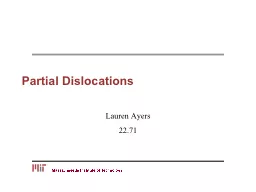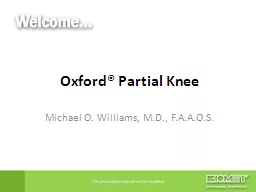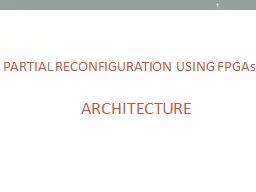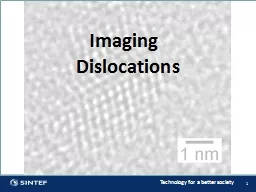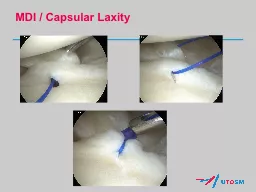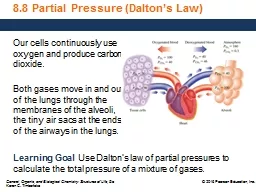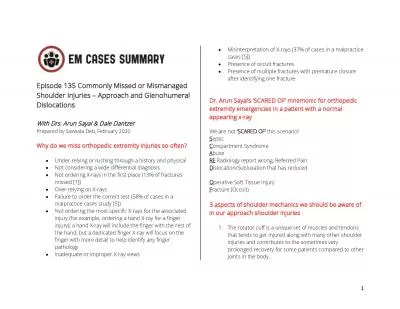PPT-Partial Dislocations
Author : test | Published Date : 2016-04-02
Lauren Ayers 2271 Outline Partial Dislocations Why Partials Stacking Faults LomerCottrel Lock Force on a Dislocation Line Tension Model Dislocation Density Partial
Presentation Embed Code
Download Presentation
Download Presentation The PPT/PDF document "Partial Dislocations" is the property of its rightful owner. Permission is granted to download and print the materials on this website for personal, non-commercial use only, and to display it on your personal computer provided you do not modify the materials and that you retain all copyright notices contained in the materials. By downloading content from our website, you accept the terms of this agreement.
Partial Dislocations: Transcript
Download Rules Of Document
"Partial Dislocations"The content belongs to its owner. You may download and print it for personal use, without modification, and keep all copyright notices. By downloading, you agree to these terms.
Related Documents

